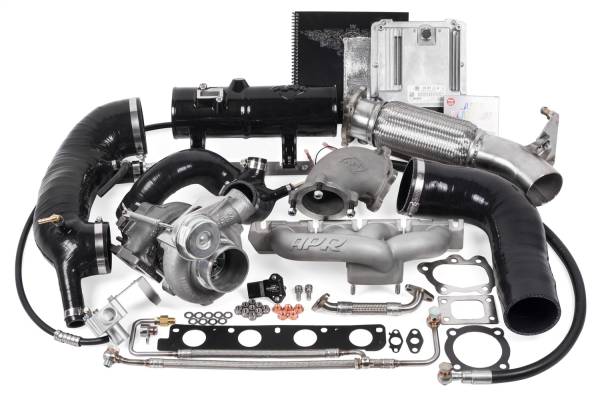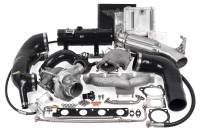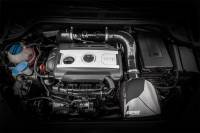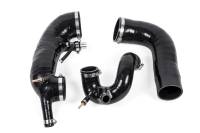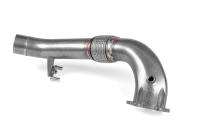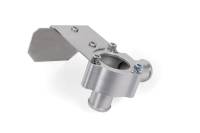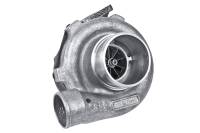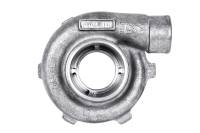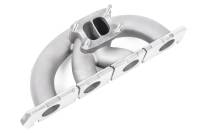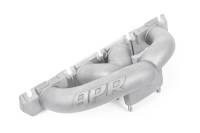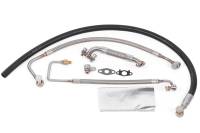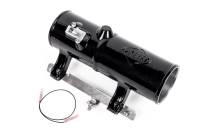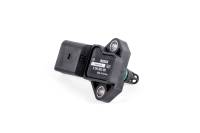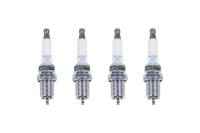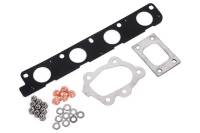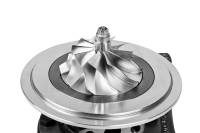APR Turbocharger System
Turbocharger Kit
T3100061
- Massive Power And Torque Gains
- Garret Gtx2867r Turbocharger
- Direct Plug And Play
- High Quality Materials And Components Throughout
- ECU Software Included
- All Necessary Components Included
- Full Directions Included
- World Class Support Included
- Turbocharger System
- w/Software
- For Front Wheel Drive Cars
- 58 lbs.
Availability: Obsolete
Description
Building upon over a decade's worth of experience with turbocharged Audi and VW engines, including over half a decade with direct injected engines, APR's Engineers have taken the 2.0T to ground breaking levels of performance without compromise. APR is pleased to introduce the 2.0T Stage III GTX Turbocharger System. Producing 452 horsepower on 93 (R+M)/2 octane and over 485 HP in racing configurations with nearly no increase in turbocharger lag over the vehicle's factory setup, Stage III GTX places the 2.0T's accelerative performance in the same league as that of large V8 supercharged muscle cars and sub $400,000 exotic sports cars. Thanks to the vehicle's all-wheel drive system, power delivery is unlike anything previously experienced in standard form. As you hear a new exotic growl from your exhaust system, expect exhilarating g-force levels sure to put a huge grin on your face!
Extended Information
Country of Origin: US
Remanufactured Part:
Emissions Code ("1" - Legal in US, "2" - Not Legal in CA, "3" - Off-Road Use Only) 3
Remanufactured Part:
Emissions Code ("1" - Legal in US, "2" - Not Legal in CA, "3" - Off-Road Use Only) 3
10% OFF Installation
Save 10% off installation if you're a local to Las Vegas, NV by visiting our local shop, Eurotek Tuning. Call 888-967-5634 to make an appointment today.
Shipping Information
- Item Requires Shipping
- 58.0 lbs.
- W22.0000” x H20.0000” x L22.0000”
- Free Shipping


